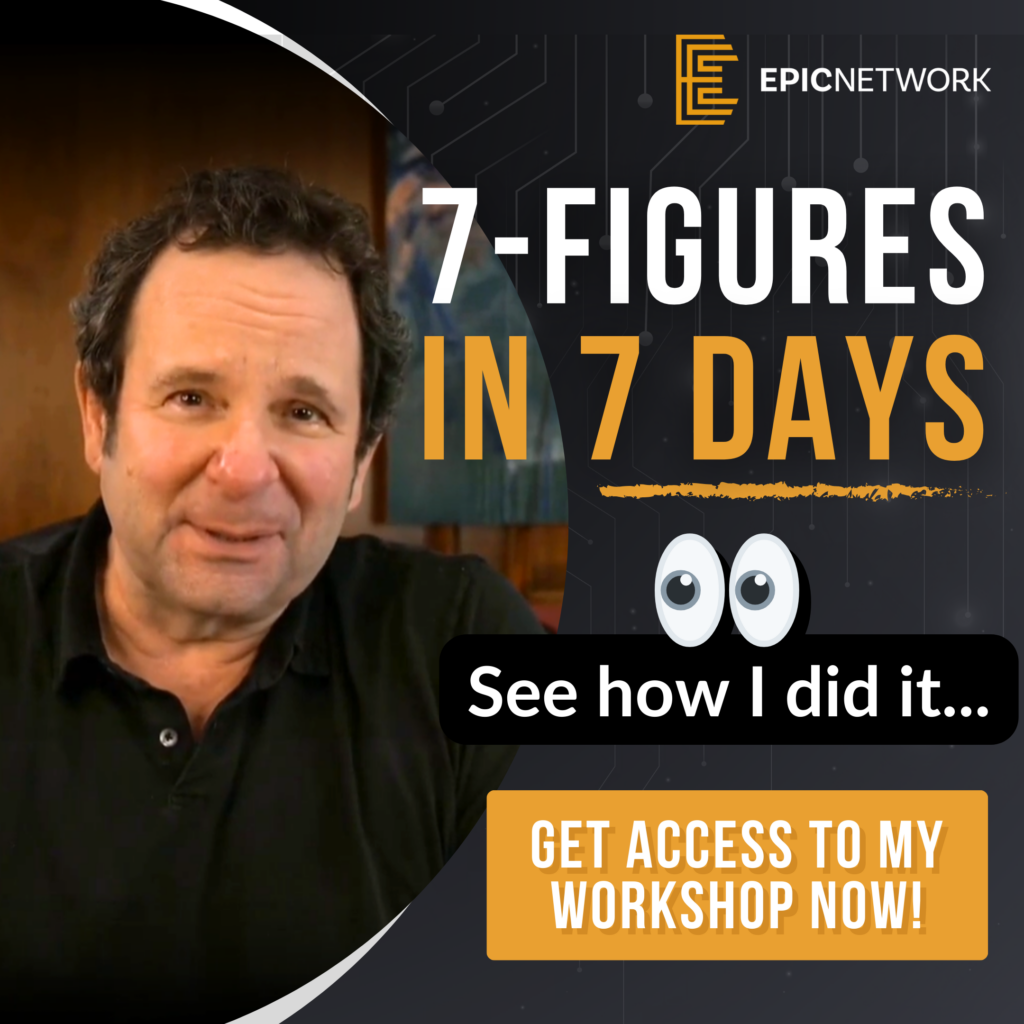
Conducting effective growth consults is a powerful way to provide value to clients and prospects, but managing the flow of information can be challenging. When clients bring enthusiasm and a flood of details, it’s easy for the conversation to veer off track. This guide will teach you how to stay organized, maintain control, and deliver maximum value with effective growth consults.
Why Organization Matters in Growth Consults
The success of a consult depends on your ability to collect relevant information in a structured way. Without a clear process, consults can become disorganized, reducing their effectiveness.
By setting expectations, managing the conversation, and keeping the focus on your proven framework, you ensure that both you and your client leave the consult with actionable insights.
Step 1: Pre-Frame the Conversation
The first step in conducting an effective consult is to establish a framework for the discussion. Pre-framing lets your client know what to expect and helps prevent interruptions or tangents.
Sample Pre-Frame Script:
“I have a method to my madness. During this consult, I’ll ask you specific questions in a particular order. You might have other questions or thoughts as we go, and I encourage you to write those down. I think you’ll find that most of your questions will be answered as we go along. If anything isn’t addressed, we can tackle it at the end. Does that sound good to you?”
Why Pre-Framing Works:
- It sets the tone for the consult.
- It positions you as a professional with a clear process.
- It helps clients feel heard and ensures their questions will be addressed.
Step 2: Manage the Conversation Flow
Despite pre-framing, clients may still share information out of order or dominate the discussion with unrelated topics. Here’s how to stay in control without being dismissive:
- Gently Redirect
- Example: “Remember when I mentioned we’d follow a specific order? To ensure we get the most out of this session, let’s stick to the current topic for now. I’ll make a note of your question to address later.”
- Set Boundaries for Long Talkers
- Be upfront: “I may need to interrupt occasionally to keep us on track and ensure you get the most value from this session.”
- Summarize their key points and guide the conversation back to the framework.
- Balance Listening and Control
Allow clients to share freely but know when to step in. If they provide valuable insights, take note. If they’re veering off course, redirect firmly but politely.
Step 3: Leverage Their Enthusiasm
Clients are often passionate about their business, and this enthusiasm can be a double-edged sword. Use their energy to gather useful insights while staying organized.
- Ask Open-Ended Questions:
- “Tell me about your business journey.”
- “What inspired you to start this business?”
- Take Notes on Key Points:
Highlight actionable details, such as challenges, opportunities, or unique aspects of their business. - Identify Common Threads:
Look for recurring themes in their responses to shape your recommendations and solutions.
Step 4: Maintain Focus on Delivering Value
Your ultimate goal is to provide actionable value. Staying organized and maintaining control ensures you can do this effectively.
- Refer Back to the Framework
Continuously remind the client of the structured process to keep the conversation on track. - Focus on Their Outcomes
Frame your interventions as ways to maximize their value. Example:
“I want to make sure you get the best return on your time and investment, so let’s move to the next question to stay on track.” - Prioritize Clarity
When clients share disorganized information, summarize their points to ensure mutual understanding. Example:
“If I understand correctly, you’re saying X, Y, and Z. Is that right?”
Key Takeaways for Conducting Effective Growth Consults
- Set Expectations: Pre-frame the consult to establish structure and professionalism.
- Control the Conversation: Use redirection techniques and polite interruptions to keep things on track.
- Balance Listening and Guidance: Allow clients to share, but ensure discussions remain relevant to the consult’s goals.
- Focus on Value: Continuously frame your actions as ways to deliver the best outcomes for the client.
By mastering these strategies, you can conduct growth consults that are both efficient and impactful, leaving your clients impressed and eager to work with you further.
Additional Resources:
- How to Conduct Productive Client Consultations
- Effective Questioning Techniques for Business Growth
- The Psychology of Pre-framing
Ready to explore acquisition strategies that fit your needs?
Book a Free Strategy Session with the EPIC Network to discover customized solutions to support your success.










